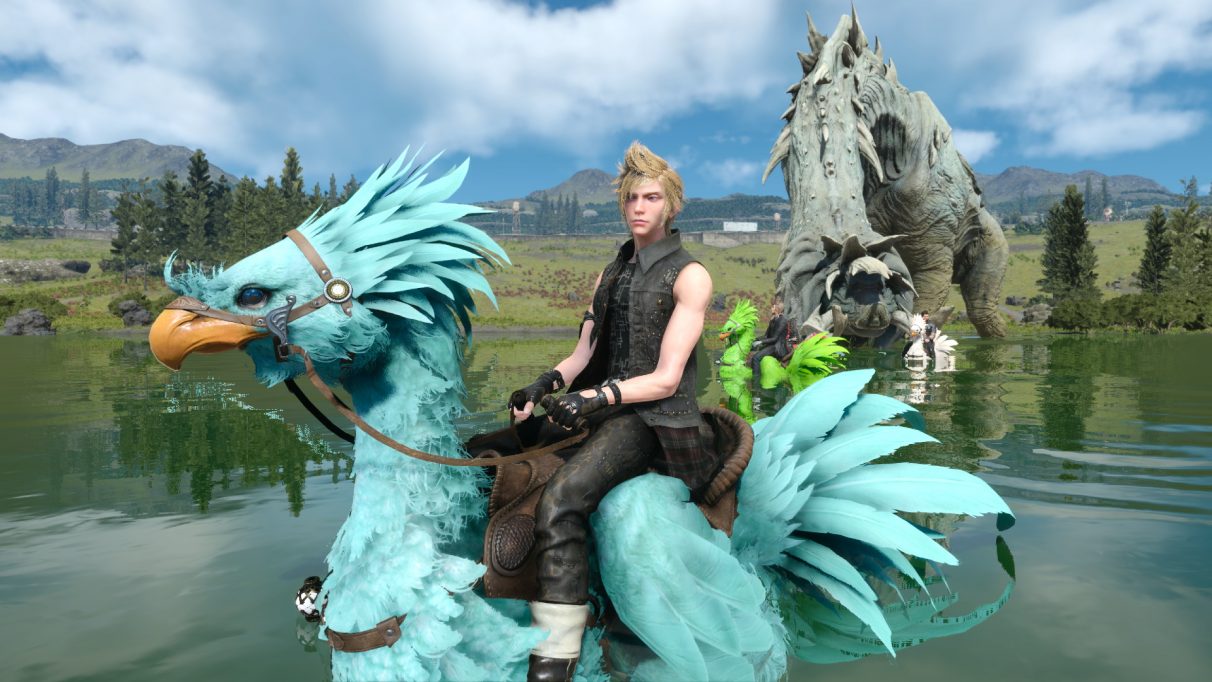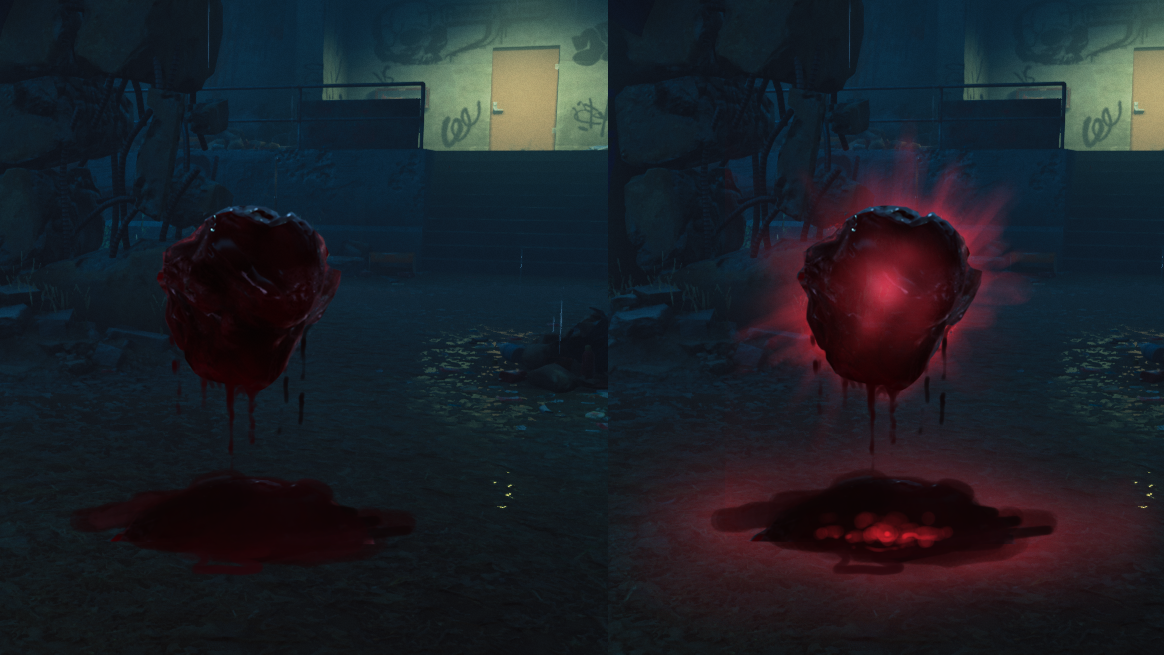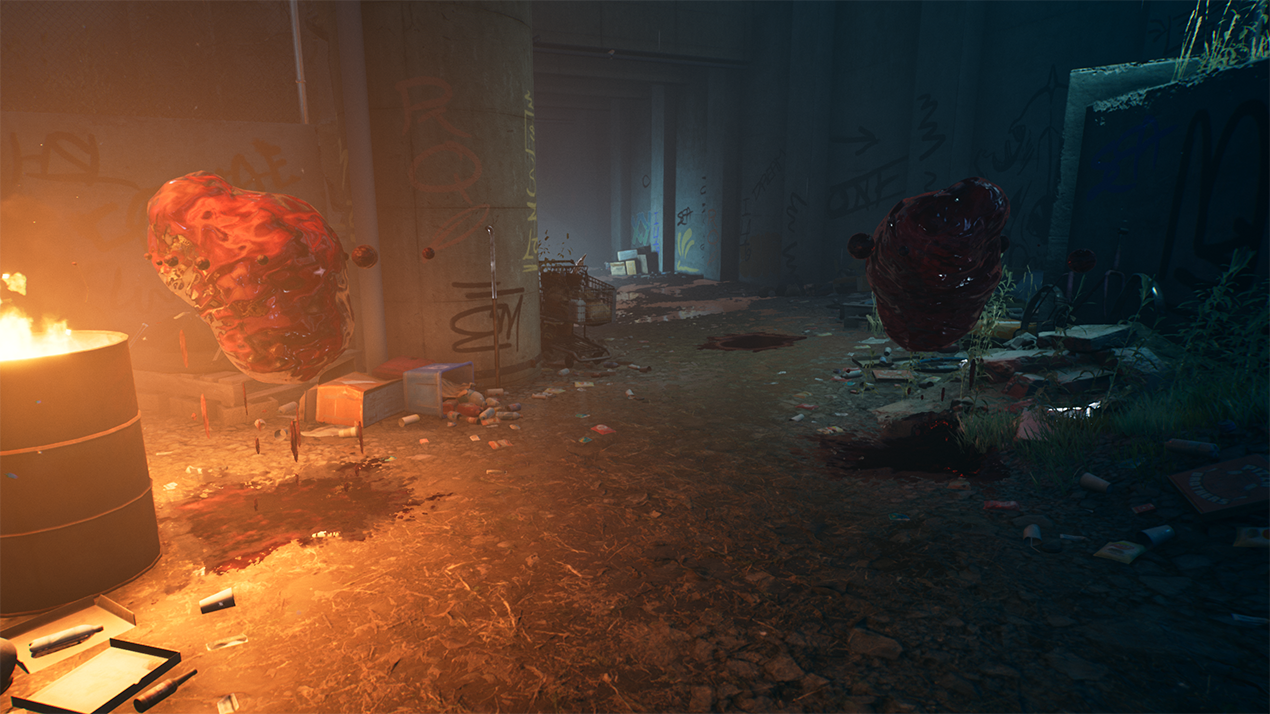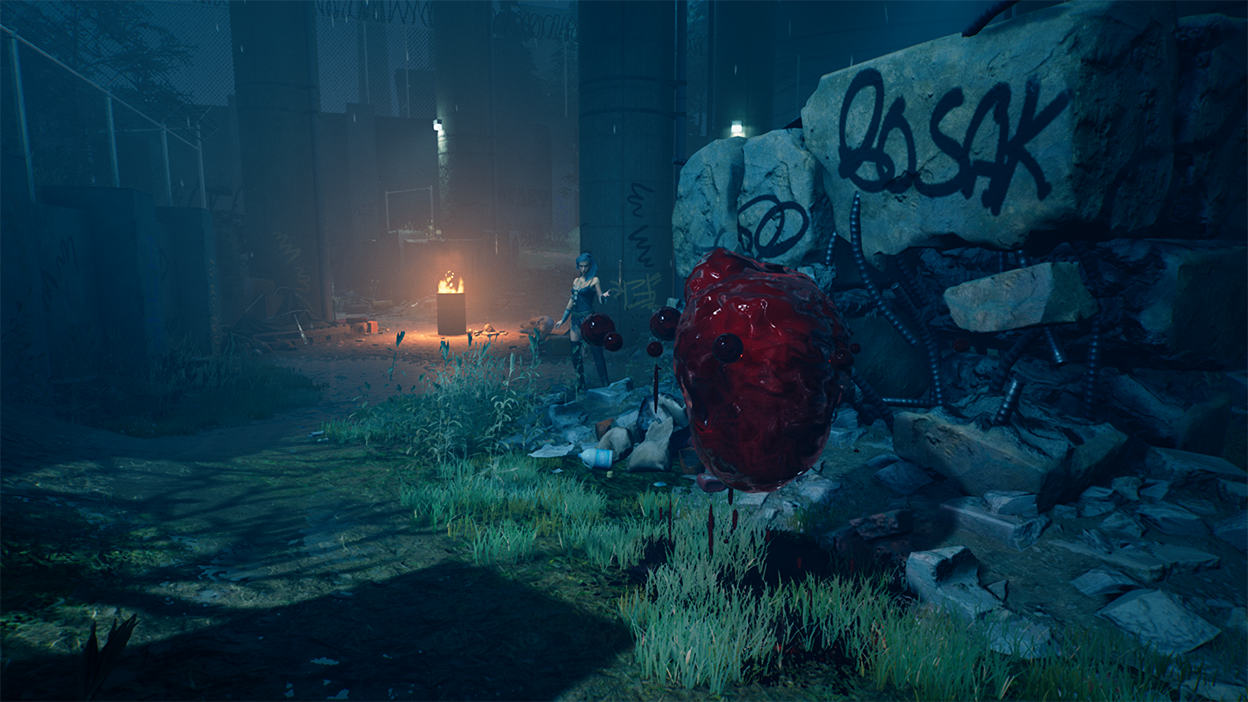Hello All – my name is
Austin Maestre, and I am a producer on Bloodlines 2. I’m one of the newer producers at HSL, but I have been in production roles for about six years. In my experience, production can be a bit of a black box – in or outside of the games industry – so I want to take some time to share a bit about the role and how it has changed during the pandemic.
First, let me acknowledge that the following breakdown of production is based off my own – and some friends’ – experiences and that there may be things that don’t apply to everyone who has ever worked in production. I intend to do my best to accurately paint a picture of production that fits with general understanding with a hint of personal experience.
 @kchironis
@kchironis[h2]WHAT IS PRODUCTION?[/h2]
At its core, the role of a producer is to make sure the game/project is completed and delivered. While the baseline seems simple, it gets increasingly more complex and ambiguous as constraints are put on the project. For example, in the pre-production (planning) phase of any projects work has to be to done to figure out: what is the intended scope/size of the project, how many resources (people) do we need to complete it, how long should it take us, what will the cost look like? These are all questions that production is often responsible for figuring out the answers to and then creating a plan informed by them.
Unfortunately, no project will ever stick entirely to the estimated time, cost, scope, or resourcing in each project plan. Maintaining, changing, and updating this plan – in real-time – is akin to being a bus driver on a crowded bus, where there’s no clear road to your destination, and most of the passengers have thoughts on how to get there. In some cases, the destination isn’t even really known. Continuing the bus analogy - it’s the job of production to listen to those giving directions and then filter, mediate, and align those voices to one direction; while also marking it down on the map so everyone knows the plan.
Each studio will define the responsibilities of production or project management differently. This is where the ambiguity comes in. At some studios, there is only one producer who oversees high-level planning and project maintenance. At the same time, each department (ex: animation, engineering, UI, Narrative) take on the planning and delivery work for themselves. At other studios, there is a robust fleet of producers that are helping on all levels, from specific teams to large chunks of the game, to the entire studio. Since there isn’t a single standard of what a producer’s day-to-day responsibilities are, it’s often up to individual producers to figure that out as they go. The resulting scenario is frequently a mix of concrete “paperwork” type stuff and filling the gaps for the project or studio as needed. Because in the end, a producer’s job is to produce.
[h2]PRODUCTION FROM THE HOME OFFICE[/h2]

“But Austin, those all seem like things that can be done remotely and regardless of WFH mandates. Have things changed that much because of the pandemic?”
Great question, faithful reader. The short answer is yes; they have changed. The shorthand definition I gave for production is centered around concrete fundamentals of production. Specifically, planning, organizing, facilitating, coordinating, and filling gaps.
Those things are not the sole makeup of production, however. They are just the building blocks. The other parts of production come from soft skills that revolve around integrating with teams, understanding their needs, and supporting them in more profound ways than planning. To me, a producer should be someone who can advocate for their team (or teams) and affect real change because they genuinely trust and understand their perspective. They should also have built trust with the members of their team because it has to go both directions. A good producer should be listening to and supporting the developers they oversee - but at the end of the day, they are responsible for getting the project across the finish line. This can result in a conflict between what their department leads want and what the budget, timeline, etc., allow for. Building trust with their team(s) is crucial because it helps make those conversations more about the project’s quality and less about the business aspect of development.
That trust and understanding is not usually something that is easily cultivated or maintained. Like any relationship (work or otherwise) effort needs to be applied to keep things in a healthy state. This has become more difficult in the age of COVID-19 because popping over to someone’s desk to chat or taking a coffee/lunch/walking break with a coworker isn’t possible the same way it used to be. Those types of human interactions help build a relationship more organically and naturally.
This doesn’t mean it’s impossible to build those connections, but more effort is required to develop and maintain them. I guess the easiest way to put this is: the same types of learning and adjusting that we have had to do socially – during COVID - also applies to how production staff have had to shift to maintain the aspects of our jobs that are less about “paper work” and more about “people work”.

So, what could that look like? Let’s say a producer is working with a lead to define a spec for a feature. Pre-COVID times, it’s likely that the producer and lead would have an in-person meeting to kick off the conversation and then set some dates to follow up or complete it. Let’s also say that this particular lead isn’t a super communicative person by nature. If the pair have the relationship I talked about, there likely wouldn’t need to be any follow-ups until the due date or next meeting because the two would have an understanding of how the other works or what their needs are. In the year of our lord Corona, this interaction takes more time and energy. Nowadays, the producer and lead will still have a call – and will set dates – but if they haven’t had time to build rapport, there’s a high chance the producer ends up checking in more frequently. Not because they don’t trust the lead to get the work done but because they don’t have that same understanding of each other’s work habits. The higher number of check-ins mean more time disturbing the lead to get info. More disturbances to the lead means less time spent on work. Less time spent on work means… you guessed it… less work getting done. It’s the producer’s job to keep the work on track, but it’s also to support the people doing the work. It gets precarious to try and build relationships and trust at a distance while regularly needing to bug people about progress.
[h2]TL;DR[/h2]
Production is an integral part of video game development for many reasons and, there are aspects of the job that got more difficult because we have less access to the types of interactions that help us work well with our teams.
Thanks for coming to my TED talk and I want you to know I’m super excited to be a part of this team and this project. I can’t wait for you all to have a chance to see what the team has been creating. I think it’s really special.











